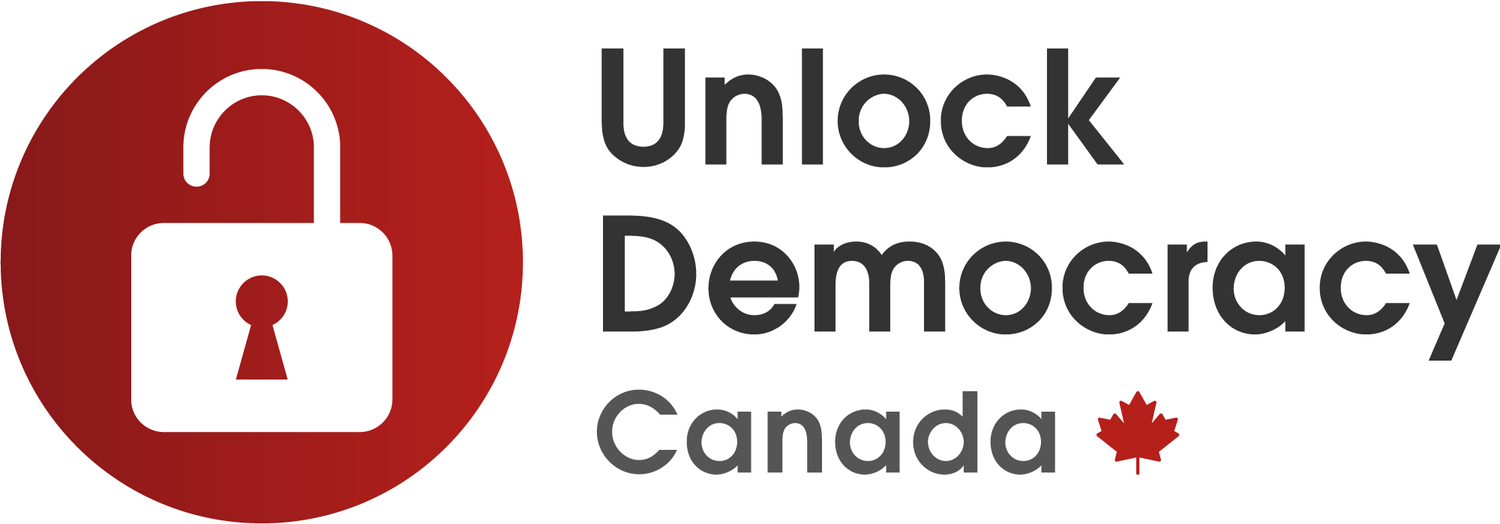Prescription: Ranked ballots for Toronto, proportionality for Parliament
Ontario’s non-stop election marathon is over. During the last 18 months, we’ve elected our provincial government, local city councils and a new federal government.
This rare alignment gives voters an unusually long break before the next round of elections, an electoral holiday providing us with an opportunity to step back and explore opportunities to improve our democracy.
Canada has the dubious distinction of being the only OECD country using first-past-the-post universally for all elections (local, provincial and federal). It’s a system that works fine for a two-candidate race, but in a multi-party system it completely breaks down. That’s why the Liberal Party won 54 per cent of the seats in our new Parliament, even though only 39 per cent of Canadians voted for them. And that’s why so few western democracies use it.
Consensus is slowly building that our current system has to go. The question is, which system do we replace it with? There’s no simple answer and there’s no one-size-fits-all solution.
Here in Toronto, with a non-partisan council, there’s a groundswell of support for a simple ranked ballot. Also known as a preferential ballot, this much-needed reform would allow us to hold an “instant runoff” in each ward, where the winner is required to win 50 per cent of the vote. Currently, candidates are “winning” their local races with results as low as 17 per cent, which arguably defeats the whole point of having an election. Local campaigns are increasingly divisive, voters are encouraged to vote “strategically,” and we repeatedly elect councils that don’t reflect the diversity of Toronto.
Meanwhile, cities across the U.S. using ranked ballots are experiencing friendlier campaigns, more accurate results, the freedom to “vote with your heart,” and a measurable increase in diversity and representation. It’s the right reform for Toronto and will hopefully be in place for 2018.
But while a simple ranked ballot is an important step forward for Toronto, there’s one important thing that it doesn’t deliver: proportionality. For our federal party-based elections, the need for proportional representation (PR) is crucial. The concept behind PR is simple: If you win 20 per cent of the popular vote, you should end up with 20 per cent of the seats.
Ranked ballots can produce proportional results, but only when they’re used in multi-member districts where you have four or five MPs per riding (this is called the Single Transferable Vote, or STV). But a ranked ballot in single-winner ridings does not deliver proportionality. In fact, a recent report by the Broadbent Institute predicts that under a simple ranked ballot, the Liberals would likely have won an additional 33 seats, distorting their majority even further.
Clearly, that’s not the answer for Canada. That’s why a growing chorus of national organizations and community leaders are calling for proportional elections.
Cynics and opponents of PR will stoke fears of unstable governments and fringe parties gaining power. They’ll offer Italy and Israel as nightmare examples of what PR can produce. But they’ll neglect to mention that almost every European country uses some form of PR, including some of the most stable governments in the world.
The World Economic Forum ranks Switzerland, Finland, Germany and Holland as the top four competitive economies in Europe. All four use PR, as do Sweden, Norway, Australia, New Zealand and 86 other countries.
PR also delivers governments that are more diverse and representative. For example, Canada ranks low when it comes to representation of women in the legislature, at 26 per cent. Meanwhile, all the top-ranking countries (Sweden at 45 per cent, Finland at 43 per cent, etc.) use PR.
Change is in the air. At the local level, the Wynne government is introducing historic legislation allowing any city in Ontario to use a ranked ballot, either in single-member wards or as multi-member STV.
Federally, Justin Trudeau has pledged that “2015 will be the last election under first-past-the-post.” This is good news, but he would be mistaken to think that the introduction of a ranked ballot alone will fix Canada’s democratic deficit. Only a proportional system will deliver a House of Commons that reflects the desires and diversity of Canada’s voters.
Our marathon of elections is over: provincial, municipal and federal. All three used first-past-the-post and all three were highly divisive and delivered distorted results. Now is the time to talk about how we can make the next round of elections as fair, friendly and proportional as possible. Voters deserve nothing less
